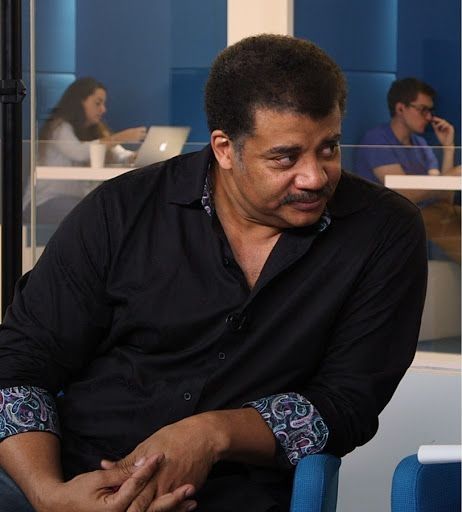Sheelah Kolhatkar on whether the technology in Amazon’s new automated grocery store, Amazon Go, in Seattle, could eventually eliminate millions of retail jobs.




SUPERSONIC FLIGHT’S ROCKY PAST
We are one step closer to an affordable reboot of supersonic flight. Japan Airlines (JAL) has invested $10 million in the Denver-based aerospace company, Boom Supersonic, that’s planning to resurrect the method of travel. In exchange for their funding, JAL will be able to pre-order 20 of the new aircraft. The airline’s president, Yoshiharu Ueki, said in a press release from December 5: “Through this partnership, we hope to contribute to the future of supersonic flight with the intent of providing more time to our valued passengers while emphasizing flight safety.”
It’s been 14 years since British Airways and Air France grounded their Concorde fleets, and commercial air travel hasn’t hit supersonic speeds since. Fourteen of these planes ferried first-class passengers from New York to London at speeds of 1,353 mph (2177.44 kph) — twice as fast as the speed of sound — making the jaunt across the pond in only 3.5 hours. That’s about half the time it takes a normal passenger plane to cross the Atlantic Ocean.

The first study to analyze the life histories of thousands of naked mole rats has found that their risk of death doesn’t go up as they grow older, as it does for every other known mammalian species. Although some scientists caution against any sweeping conclusions, many say the new data are important and striking.
New study suggests that death rates don’t rise with age, as they do for most animals.




Home builders are starting to see the advantage of incorporating solar and energy storage products directly as part of their offerings. One home builder in Australia decided to make solar arrays and Tesla Powerwalls standard in 50 “knockdown rebuild homes” and claims that ‘it’s like putting around $50,000 in your pocket’. Earlier this week, we reported on how Tesla’s giant Powerpack system in Australia made around $1 million in just a few days through the country’s wholesale electricity market. Homeowners can do the same on a smaller scale if they have a home solar array and a Powerwall, Te…


Imagine being able to see three times better than 20/20 vision without wearing glasses or contacts — even at age 100 or more — with the help of bionic lenses implanted in your eyes.
Dr. Garth Webb, an optometrist in British Columbia who invented the Ocumetics Bionic Lens, says patients would have perfect vision and that driving glasses, progressive lenses and contact lenses would become a dim memory as the eye-care industry is transformed.